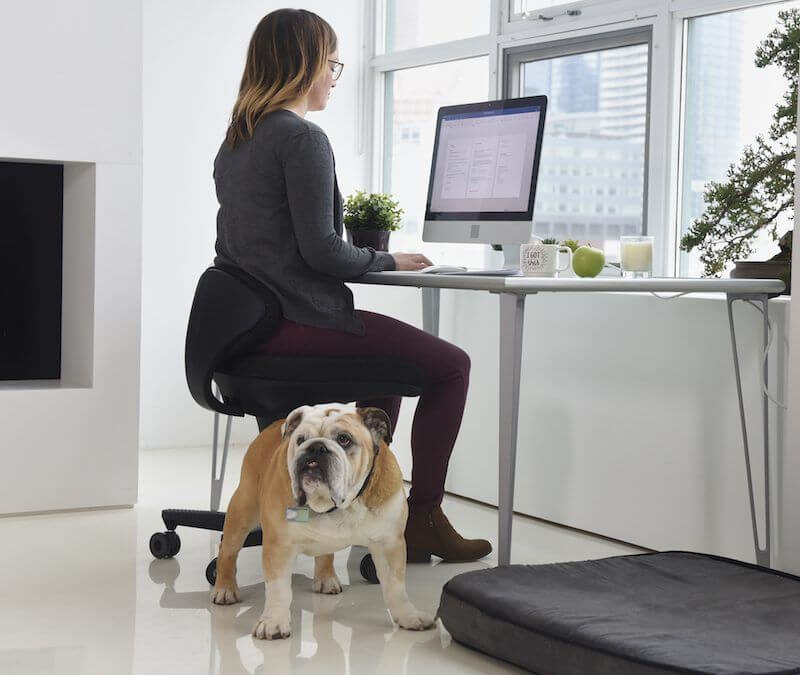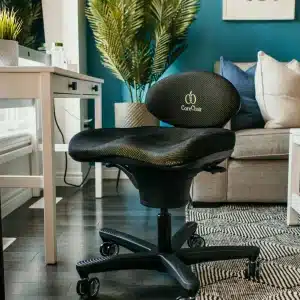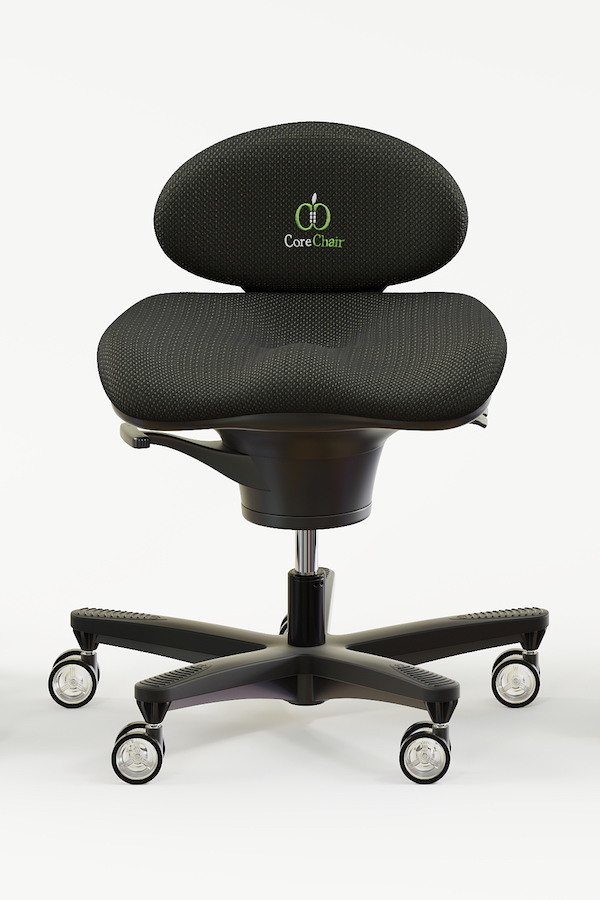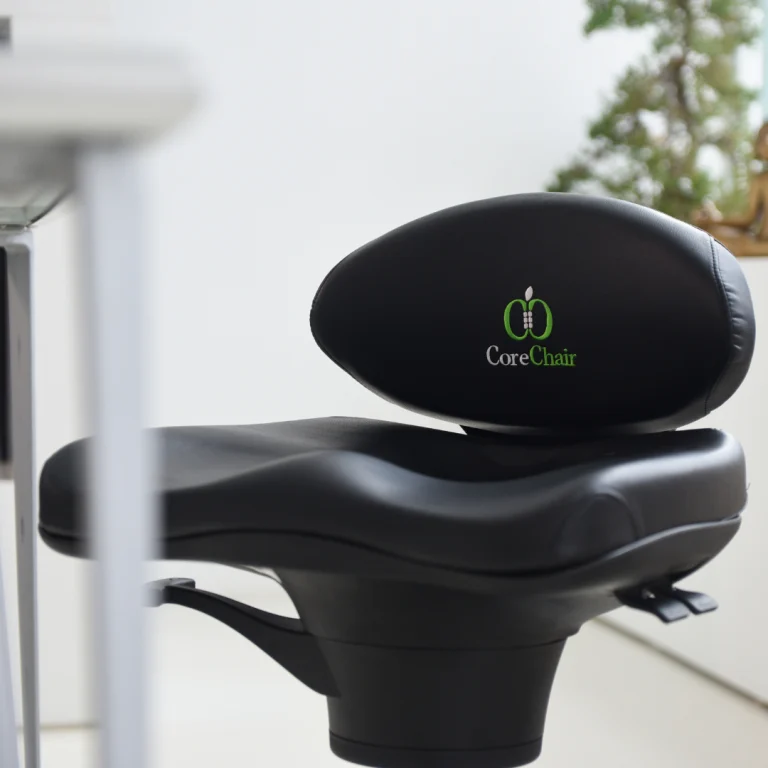What is the definition of fitness?
It’s pretty clear to most people that health and fitness are interconnected. But what really is the definition of fitness? Most people have an understanding of the word and associate it with a visual representation; someone jogging, swimming or spending time in the gym. These are all great ways to get fit but there are different categories of “fitness” that are an integral part of that overall perspective.
From experience, for most people, if they are asked about what type of fitness-based activities they do, they usually think of activities that improve cardiovascular fitness such as swimming, jogging, etc.
Yet a major part in improving someone’s general fitness as well as the quality of life is their muscle and strength!
Don’t get me wrong, cardio is very important (READ: SPARC Gym’s article to learn why), however, a person’s strength and their muscle mass is just as important for keeping healthy. This is a topic that I could probably write a full dissertation on, but I will keep it short and sweet.
Why is it important to maintain your muscle mass and strength as you age?
Everyday people require movement and the more restricted that movement gets the more likely it is to affect their quality of life. As people get older, it becomes more difficult to be independent and do things they were once able to do without trouble. That general movement is more closely related to a person’s muscle mass rather than other fitness markers. If you were to sit up from a chair, the strength in your legs and the ability to control your own body weight is what makes it a comfortable movement. You see kids and they can pretty much jump out of a chair without a second thought. As you get older, if you don’t keep up your strength, this can become more difficult and the task of moving out of a chair is tougher. Suddenly that quality of life isn’t where it should be, and that independence becomes harder to maintain.
From that standpoint, it’s important for everyone to keep their strength up. So as a general rule, to make sure you keep your muscles, keep using them. As you get older this is even more important because if you are sedentary the speed of muscle wastage increases with age. Especially now as people become a lot more prone to sitting down for long periods and using very little strength to do any movement. Even things like posture have become harder to maintain for people due to the positions their office chairs cast them in. Simple changes can help this– just something as simple as swapping out your current office chair for an ergonomic active sitting chair will help engage your core and introduce physical activity into your day.
Generally, just by staying active and doing activities that involve using your muscles such as jumping, lifting, and sitting actively you will help maintain your muscle mass. For example, workers such as farmers or those in construction engage in daily movement which helps them maintain strength well into their “pensioner” years. It is not uncommon to see lifetime farmer in their 60s/70s who is stronger or more able than someone in their 30s!
The CoreChair is my top pick for an ergonomic active sitting office chair. It allows you to sit in an optimal sitting posture and also encourages you to move in all directions up to 14 degrees, activating your back, legs and core muscles. It was inspired by the stability ball and as a Research Exercise Physiologist myself, I am pleased to see that it has undergone various different research studies validating it’s health and safety benefits.
Why muscle mass and strength is important for certain medical conditions
As research is expanding there is growing evidence that those with better strength and muscle mass have a lower risk and better outcome with certain medical conditions.
To start, my main field of work with research involves critical care and preoperative exercise interventions (specifically cancer).To break this down quickly, preoperative research, looks at fitness markers and how they relate to things such as outcome, complications and recovery. In this field strength is a growing area of research because it keeps being found to be a predictor for complications. Oesophageal, gastric colorectal and HPB resections have found that those who are weaker or suffer either sarcopenia or cachexia (both conditions which cause the muscle to waste) lead to more complications and were predictors for better short term and long-term outcomes. Basically, the weaker the muscles the more likely you are to have complications or troubles through a surgery.
Other academics have also shown a strong link between strength/muscle mass and mortality. There’s been multiple papers looking at the risk of death as well as risk of diagnoses for specific medical conditions. The majority have shown a trend that the weaker a person’s muscle, whether young (as young as 16) or older (>65), they are more likely to be at risk of earlier death (as well as suicide in the younger males surprisingly) and more likely to be diagnosed with conditions such as cancer and cardiovascular disease. Although these were observation studies they do show a consistent trend at the moment and that they can be as much of an indicator for health risks as obesity is.
Recently another study has even become popular in the media; This work found that pushups could be a better indicator of cardiovascular disease risk than stress tests. The results showed that persons ability to withstand and lift their own body weight had a better relationship to someone’s risk than those who couldn’t.
How strong do you need to be?
Well, strength can be difficult to judge for different people– it can be subjective to an extent. A 225lb bench is a staple marker of strength to the average male gym goer but the likelihood of people doing this who don’t train weights regularly is unlikely. Yet that doesn’t mean that those who can’t do this don’t have a healthy amount of strength! It also varies between age, sex and your body composition.
For example, being able to do 1- 5 push ups at the age of 60 for either sex would be a very high marker of good strength. Where as if you were an 18 year old who could only perform that many, it would be a possible indicator of muscle weakness. A good starting gauge would be the ability to do at least 1 rep of a body weight squat (full depth), a push up, and/or a pull up as a minimum. These exercises consider your strength and body weight. For instance, if you are overweight it can be harder, and this can be another risk factor for health.
How to improve your strength and muscle mass?
Most people know the benefits of resistance training and weight lifting for muscle growth, but for those that don’t like the gym, there are plenty of other ways to improve muscle strength. The main thing to keep in mind is to incorporate movements where you lift, move and carry a load through your muscles. Activities such as playing regular team or ball sports, doing manual type labour such as lifting objects, hill walks, swimming, climbing, martial arts, skiing/snowboarding are all great ways to improve your strength.
So, with all this being said, please keep active, keep moving and find something you enjoy that helps you do so!
Toran “Ty” Williams is a Research Exercise Physiologist within the NHS in the UK and has a strong passion for the importance of exercise and fitness in relation to people’s health. As well as working in research, he also runs and manages SV Health, a company that provides online and face to face coaching with clients ranging from international athletes to business CEOs, to people with ongoing medical conditions.
Instagram: @svhealth
Facebook: /SVHealthUK
Website: www.svhealth.co.uk










